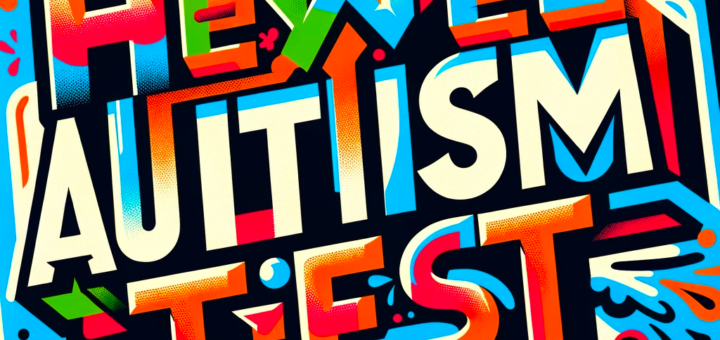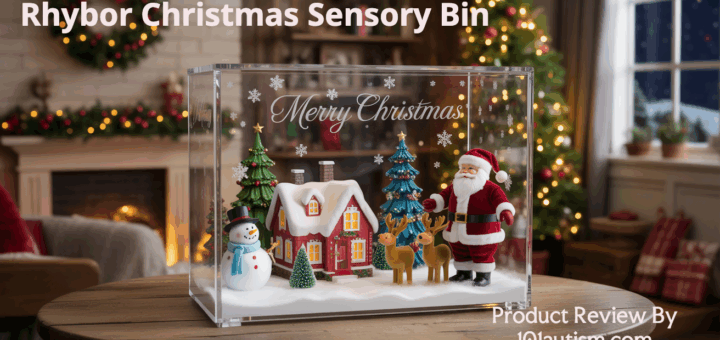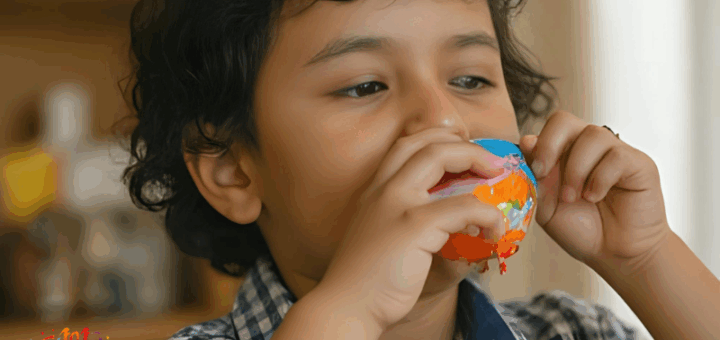The HeyWise Autism Test: Is It a Valid Screener for ASD? (2025 Review)
Autism spectrum disorder (ASD) is characterized by social challenges, repetitive behaviors, and communication issues. The Heywise Autism Test, an online assessment for adults, screens for ASD using 58 questions and provides instant results. Offering a 97% accuracy rate, it evaluates social skills, repetitive behaviors, and development history. It’s free, quick, and designed by experts. While not diagnostic, it can suggest the need for a formal evaluation, which is vital for accessing services and support for adults with autism.







